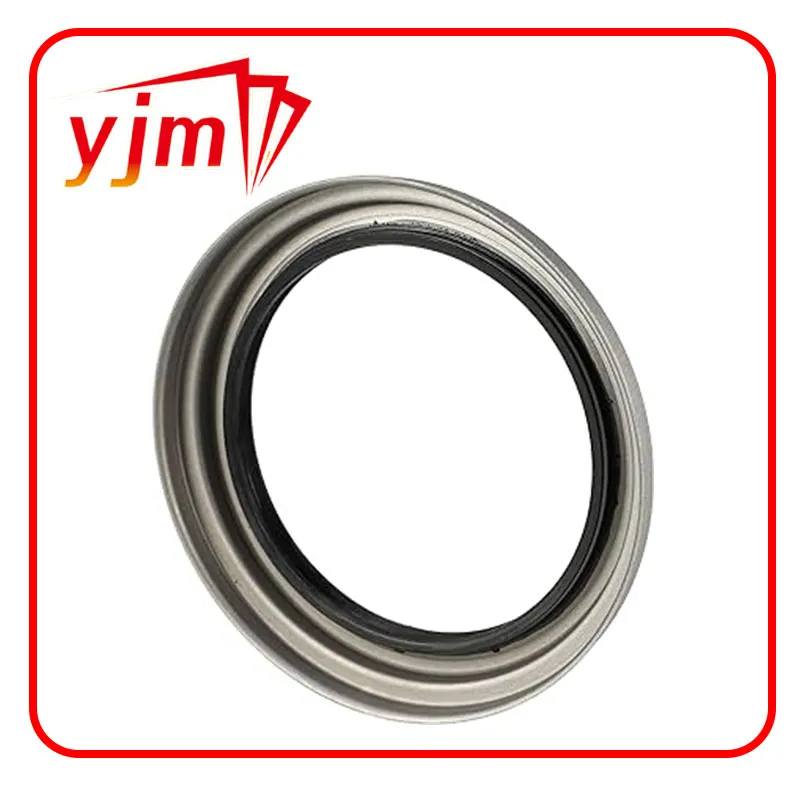Understanding the Importance of Axle Tube Seals in Vehicle Maintenance
Understanding Axle Tube Seals Importance and Maintenance
Axle tube seals are critical components in a vehicle's differential assembly, ensuring the efficient performance and longevity of the axle system. These seals serve the vital function of preventing lubricants from leaking out of the axle tubes and protecting the internal components from dirt, water, and other contaminants. This article delves into the significance of axle tube seals, their functioning, common problems, and maintenance tips to ensure they function optimally.
The Role of Axle Tube Seals
Axle tube seals are situated at the ends of the axle tubes, where they interface with the axle shafts. Their primary role is twofold retaining the differential lubricant within the axle and blocking any external impurities from entering. The lubricant is crucial for minimizing friction between the moving parts of the differential, which, in turn, helps in maintaining proper functionality and extending the life of the axle assembly.
These seals are typically made from durable materials such as rubber or polyurethane, designed to withstand the high temperatures and pressures generated during vehicle operation. Moreover, they must exhibit excellent resistance to various chemicals to cope with potential exposure to oil and grease.
Common Issues with Axle Tube Seals
Like any mechanical component, axle tube seals can develop issues over time. One of the most prevalent problems is wear and tear due to constant exposure to heat and friction. This deterioration can lead to leaks, which may not only reduce lubricant levels but can also cause dirt and other contaminants to infiltrate the axle assembly. This infiltration can result in significant damage to the differential and bearing components, leading to costly repairs.
Another common issue is improper installation during maintenance or repairs
. If the seals are not fitted correctly, they may not create a proper barrier, leading to premature failure. Signs of failing axle tube seals may include visible leaks around the axle tubes, noise from the differential area, or a burning smell due to overheated lubricant.Maintenance Tips
axle tube seal

To ensure the longevity and effectiveness of axle tube seals, regular maintenance checks are essential. Here are some tips for vehicle owners
1. Routine Inspections Regularly inspect the axle tubes for any signs of leakage or fluid buildup. Look for worn or cracked seals during routine vehicle maintenance. Addressing these issues early can prevent larger problems down the line.
2. Change Differential Fluid Follow the manufacturer’s recommendations for changing the differential fluid. Old, degraded fluid can increase pressure and cause leaks in the seals.
3. Check for Damage Anytime you replace axle shafts or perform repairs in the vicinity of the differential, check the axle tube seals for damage or wear. If any issues are found, replace the seals immediately to ensure the integrity of the axle assembly.
4. Proper Installation If you are replacing axle tube seals, ensure they are installed correctly. Misalignment or improper seating can lead to early failure. Utilize manufacturer specifications and guidance during installation.
5. Use Quality Parts Always opt for high-quality replacement seals when performing repairs. Inferior products may not provide the necessary durability or resistance to harsh automotive environments.
Conclusion
In conclusion, axle tube seals play a pivotal role in the maintenance and efficiency of a vehicle’s axle assembly. Understanding their function and potential issues can empower vehicle owners to take proactive measures in maintaining their vehicles. By ensuring regular checks and proper maintenance, you can effectively prevent costly repairs and extend the lifespan of your vehicle’s differential system. Remember, a small investment in maintenance can lead to significant savings down the road.
-
Simplifying Oil Changes: A Comprehensive Guide to Oil Drain Plugs and Their Variants
News Aug.04,2025
-
Mastering Oil Drain Maintenance: Solutions for Stripped, Worn, and Upgraded Oil Plugs
News Aug.04,2025
-
Fixing Oil Pan Plug Issues: Leaks, Stripped Nuts, and the Right Replacement Solutions
News Aug.04,2025
-
Everything You Need to Know About Oil Drain Plugs: Sizes, Fixes, and Upgrades
News Aug.04,2025
-
Choosing the Right Oil Drain Plug: A Guide to Sizes, Materials, and Drain Innovations
News Aug.04,2025
-
A Complete Guide to Automotive Drain Plugs: Types, Problems, and Innovative Solutions
News Aug.04,2025
-
The Ultimate Guide to Car Repair Kits: Tools and Essentials Every Driver Should Own
News Aug.01,2025
Products categories















